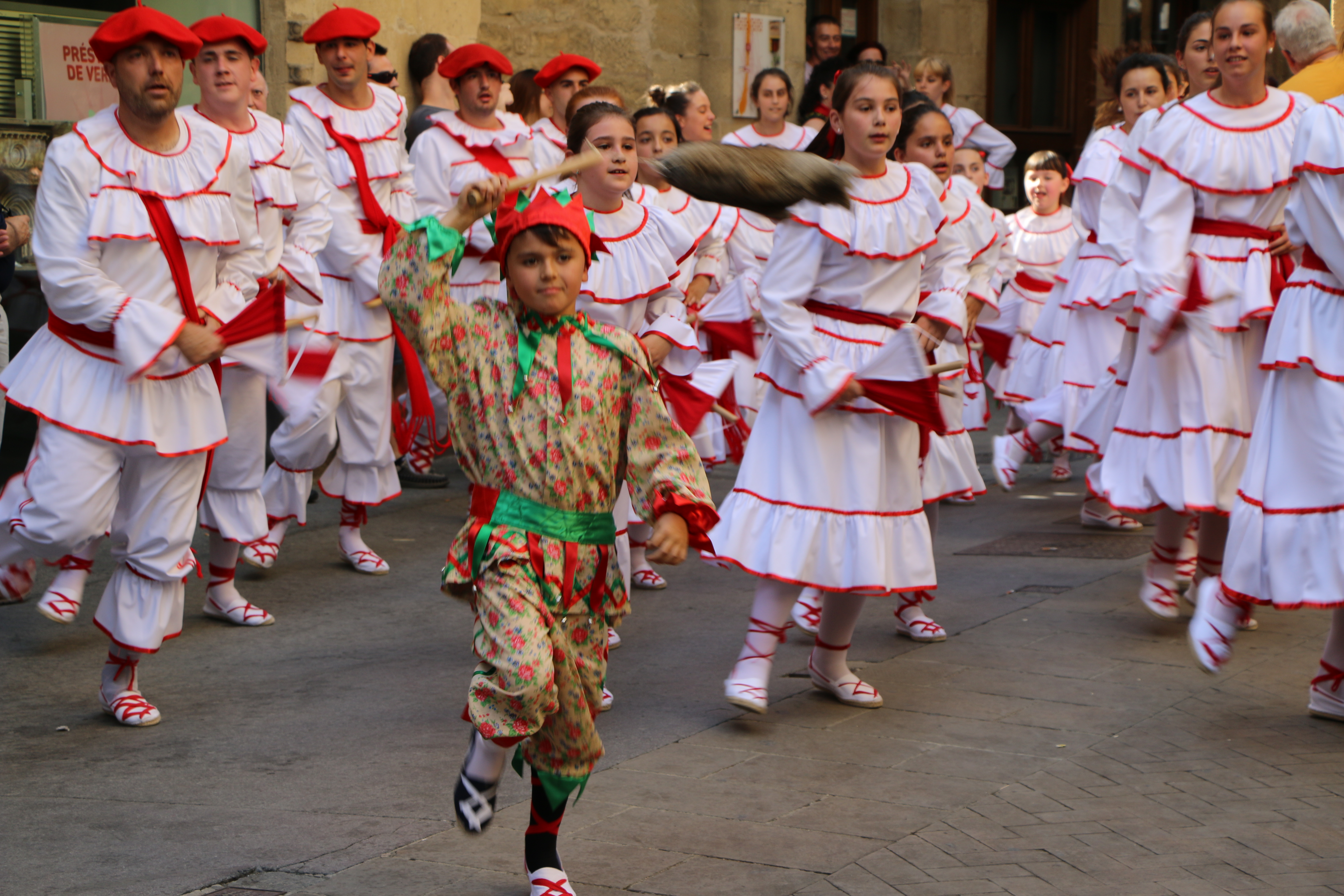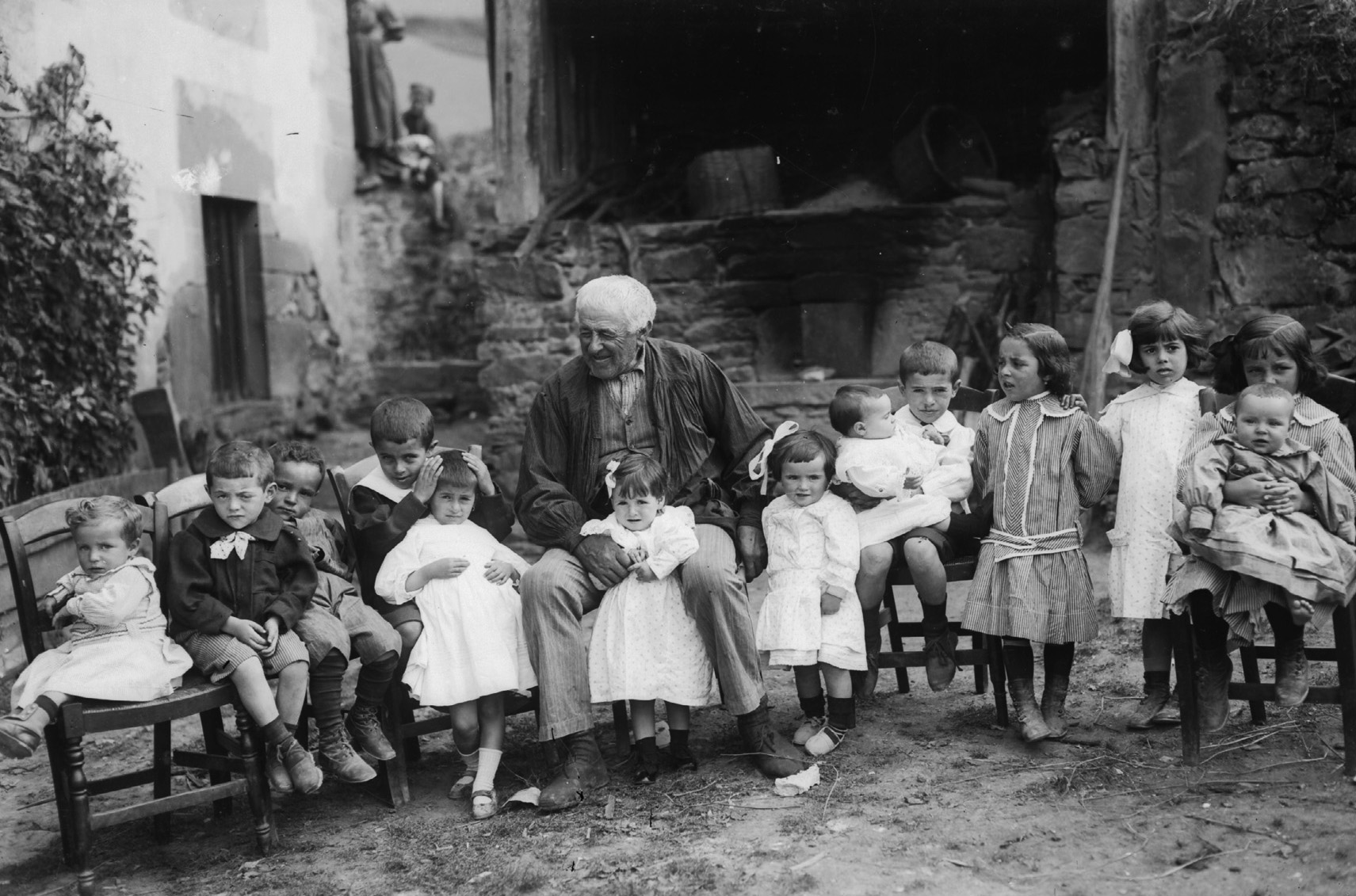Basque ethnography at a glance

Courtesy of Sonia Rueda.
Xabier Sáenz de Gorbea (Las Arenas 1951 – Bilbao 2015), Gure Artea Prize laureate in 2012, soon became a major presence on the Basque art scene, due perhaps to his work capacity, which allowed him to develop his influence and expand his knowledge on multiple levels. (more…)

Cachimorro and his troop of dancers, 2016. José Ángel Chasco.
Laguardia is an ancient fortress city erected on a hill facing Toloño Mountains. An extremely rich cultural and winemaking tradition turns it into the major attractive tourist destination in Álava after Vitoria-Gasteiz. Churches, mighty walls, narrow streets, heraldic mansions, dolmens, the nearby Celtiberian settlement of La Hoya, wineries and the lively St John’s festival are part of the city’s identity. (more…)



